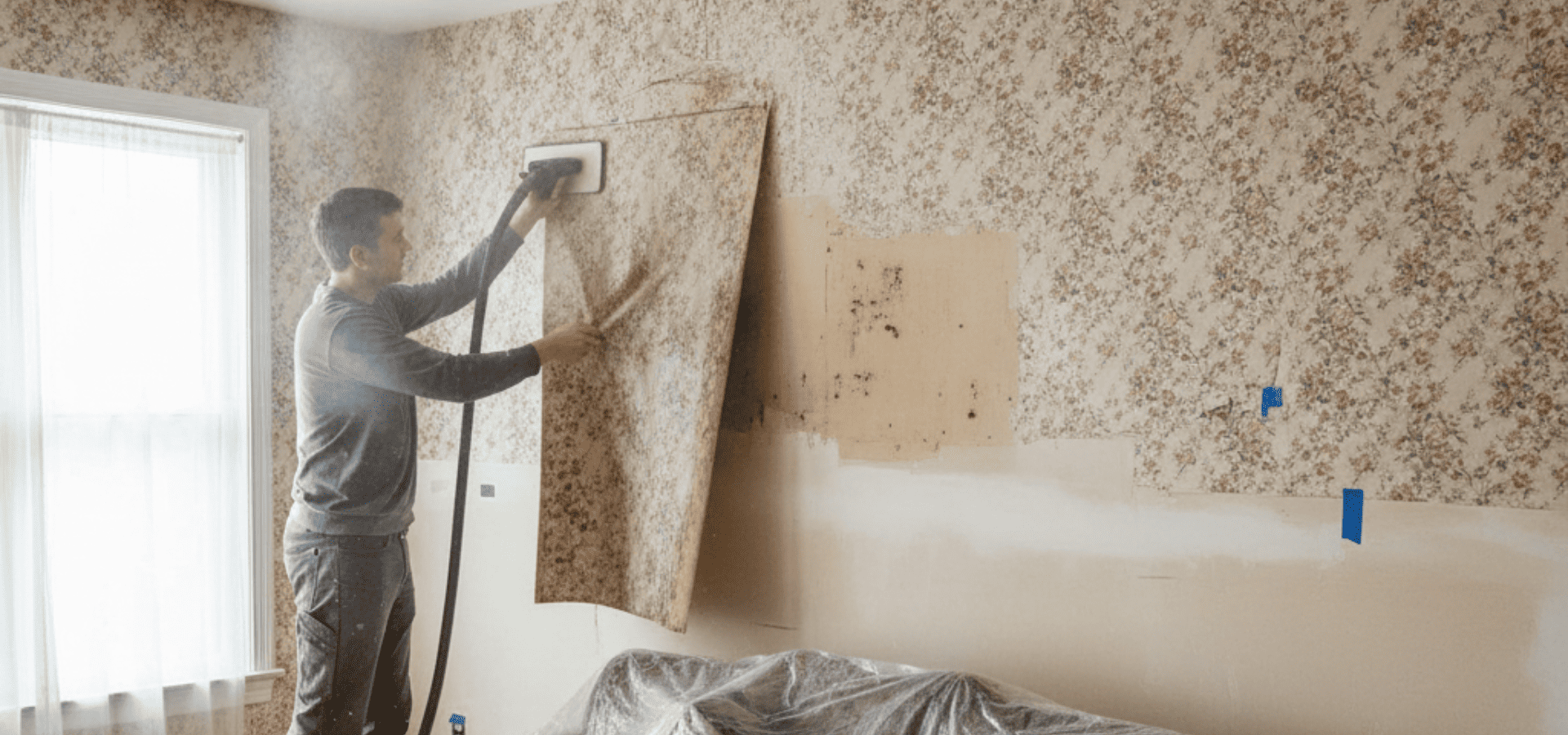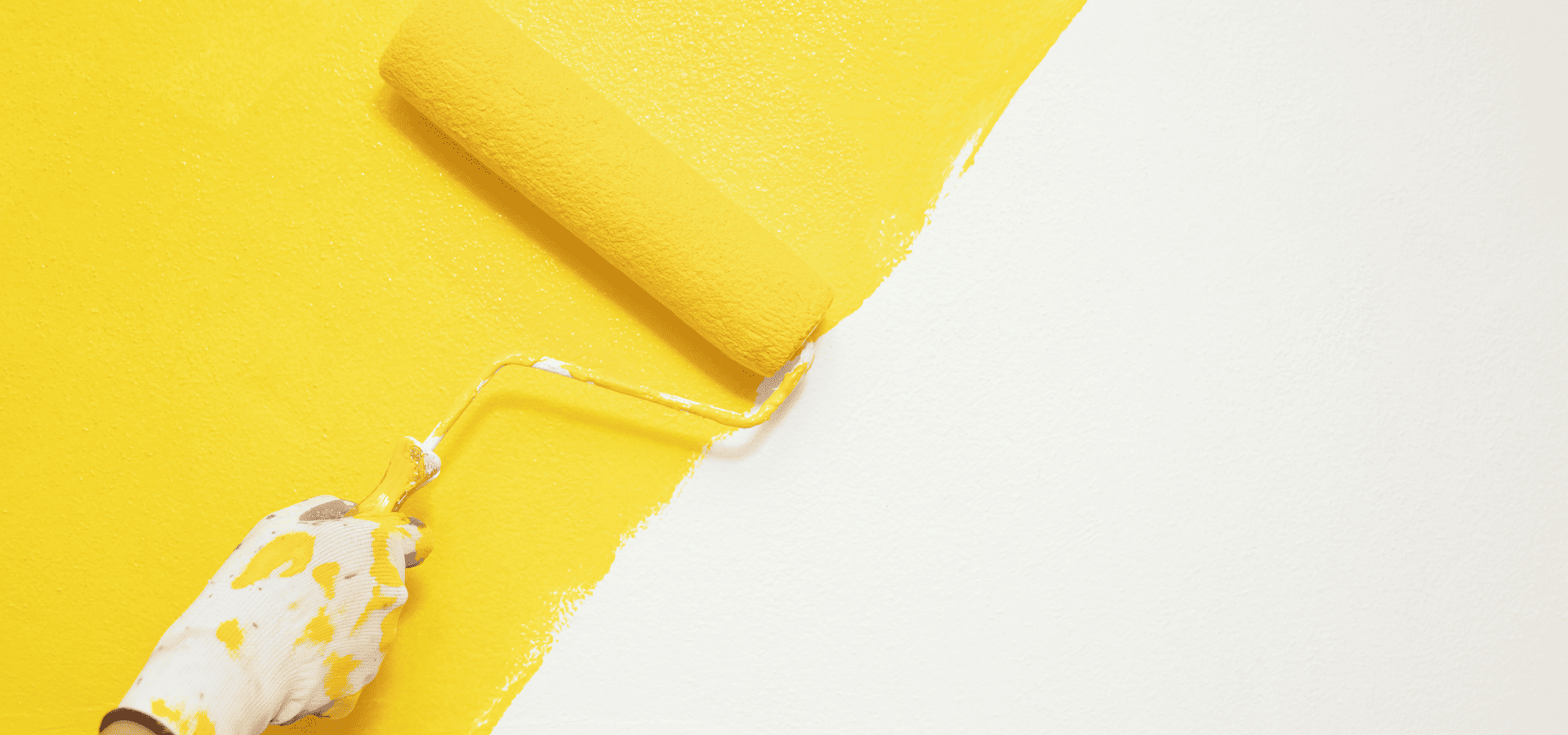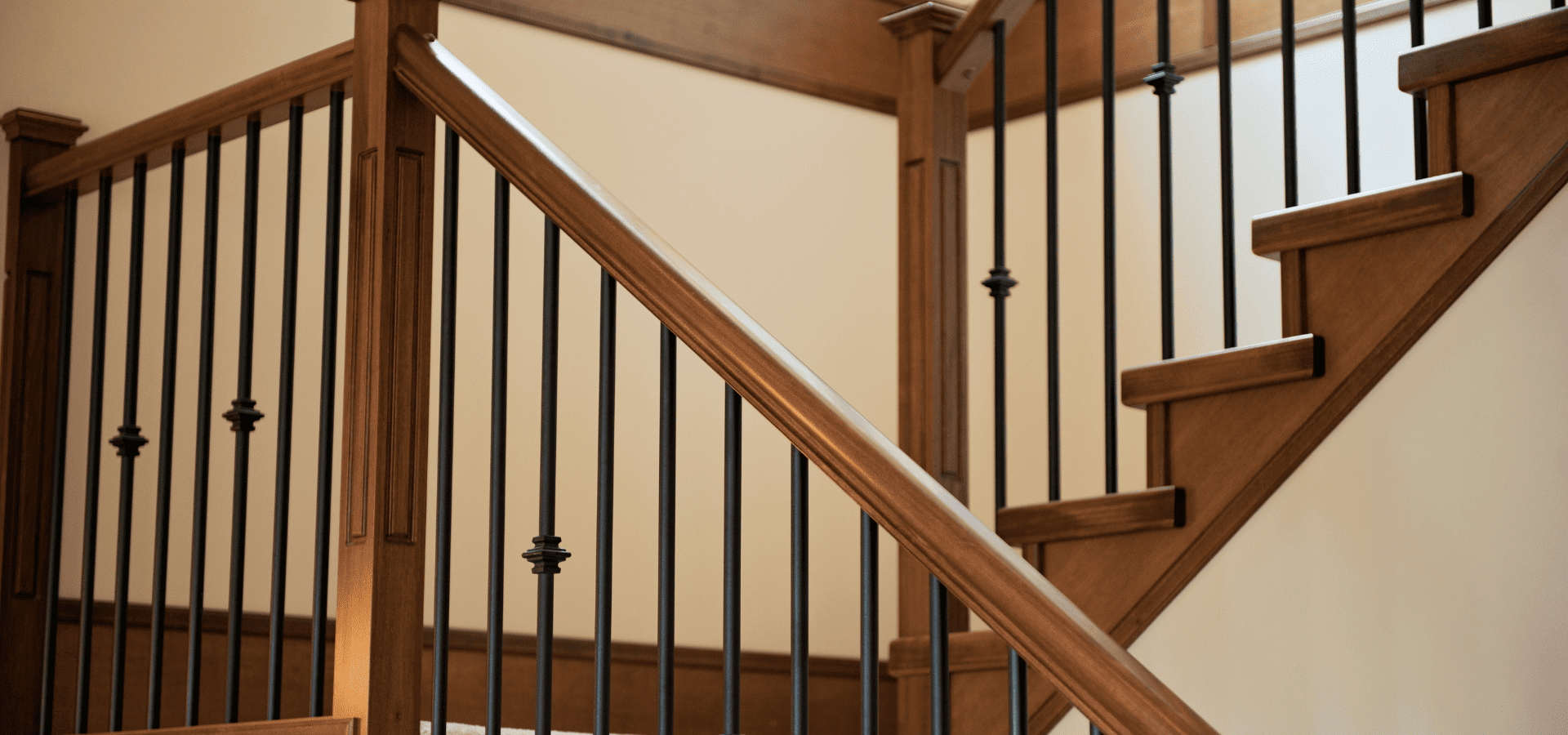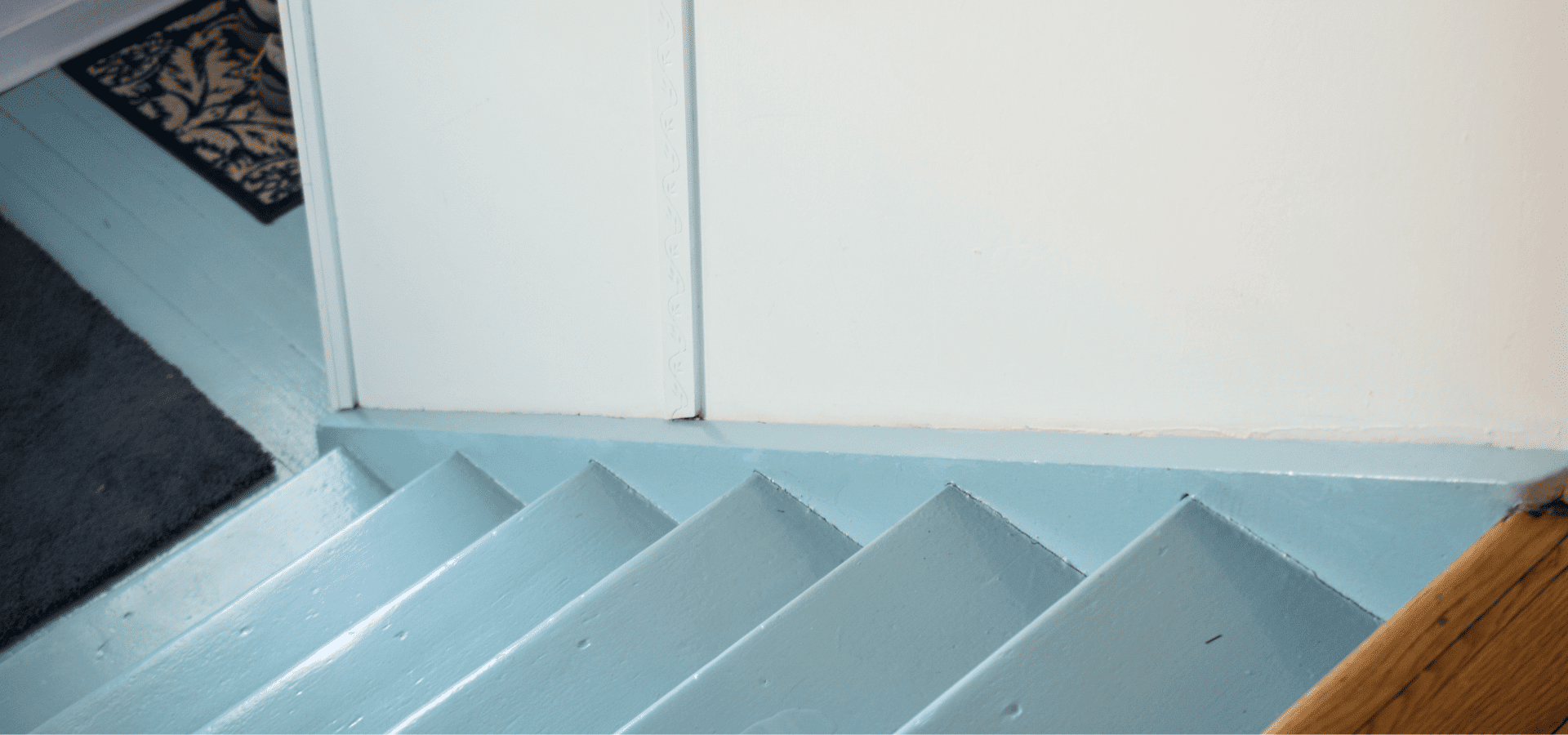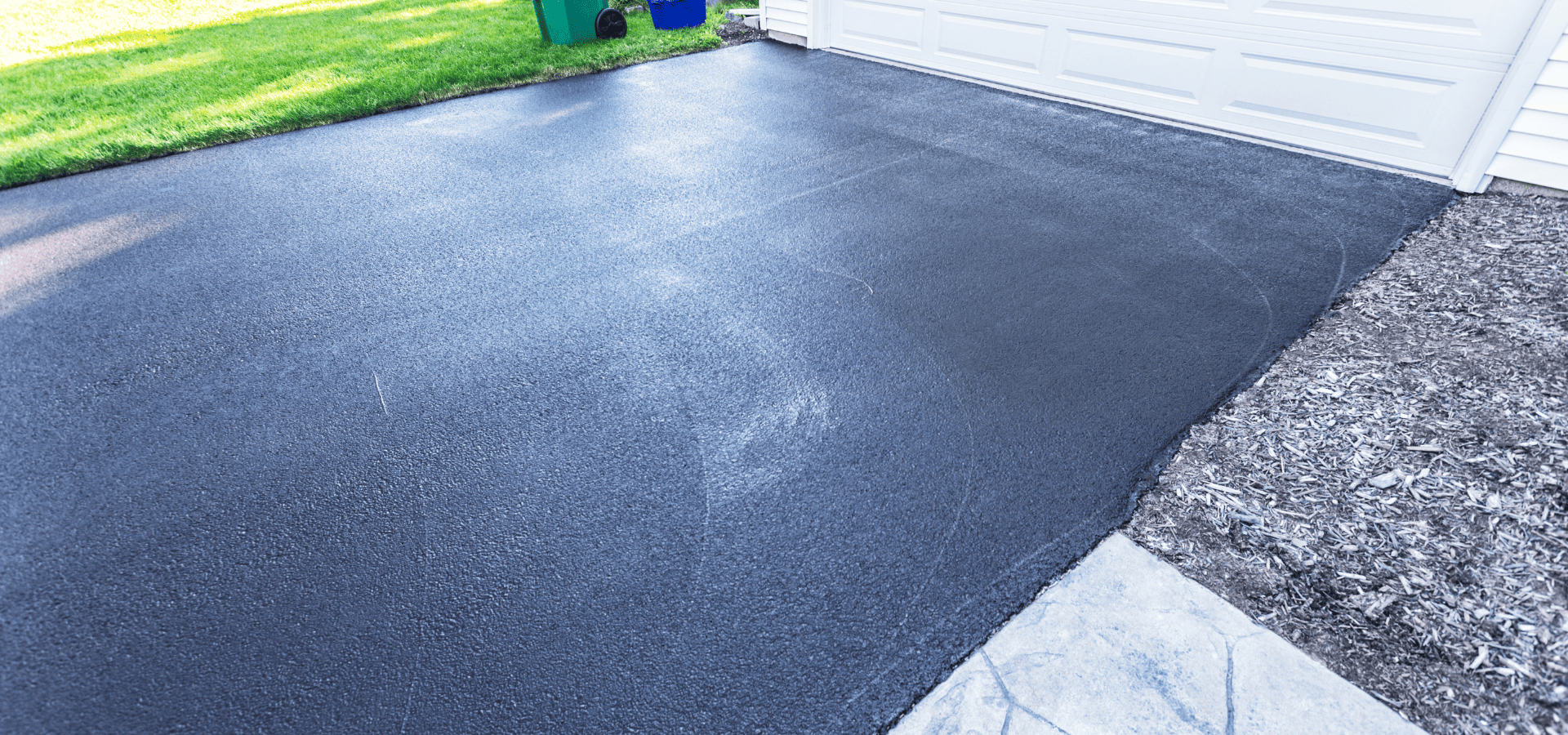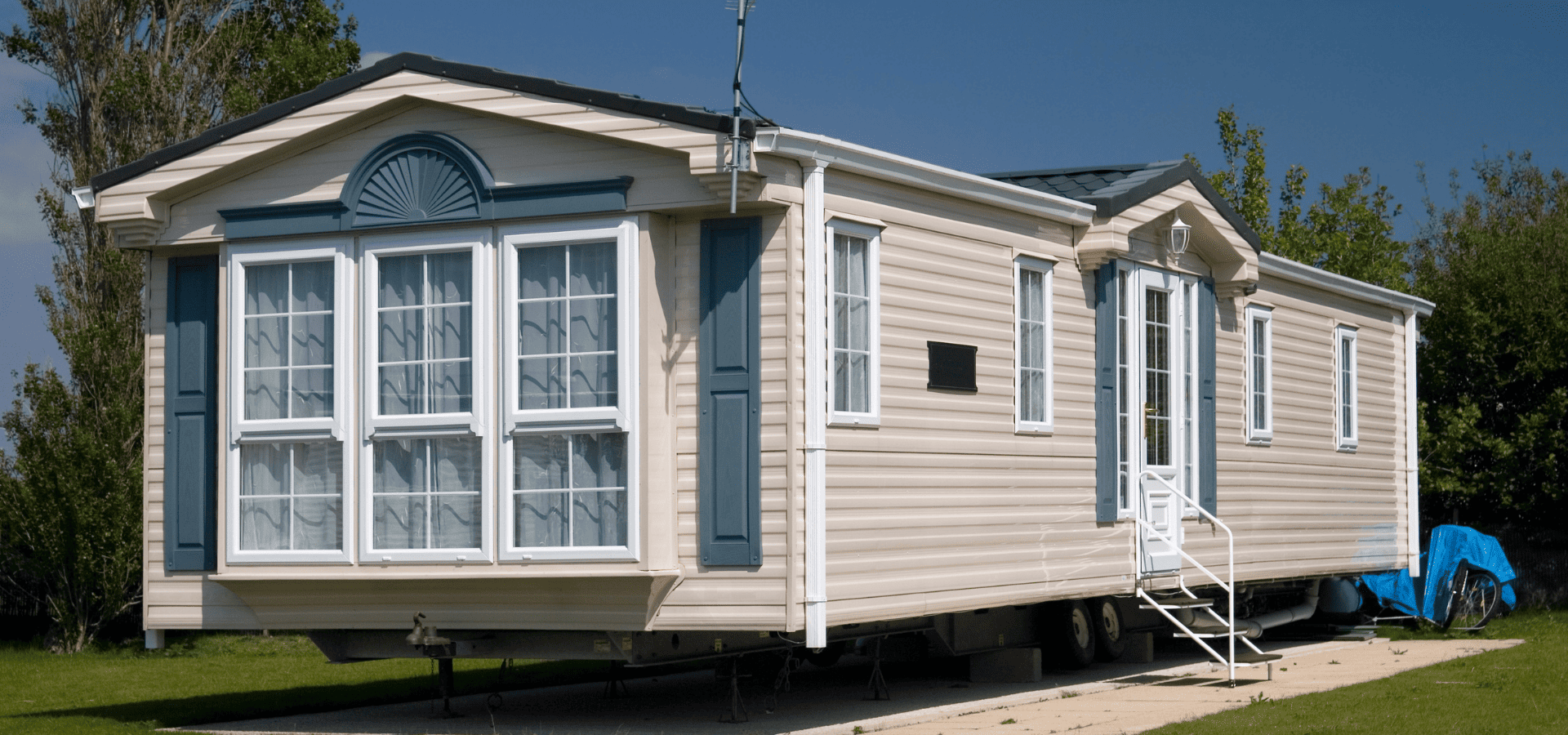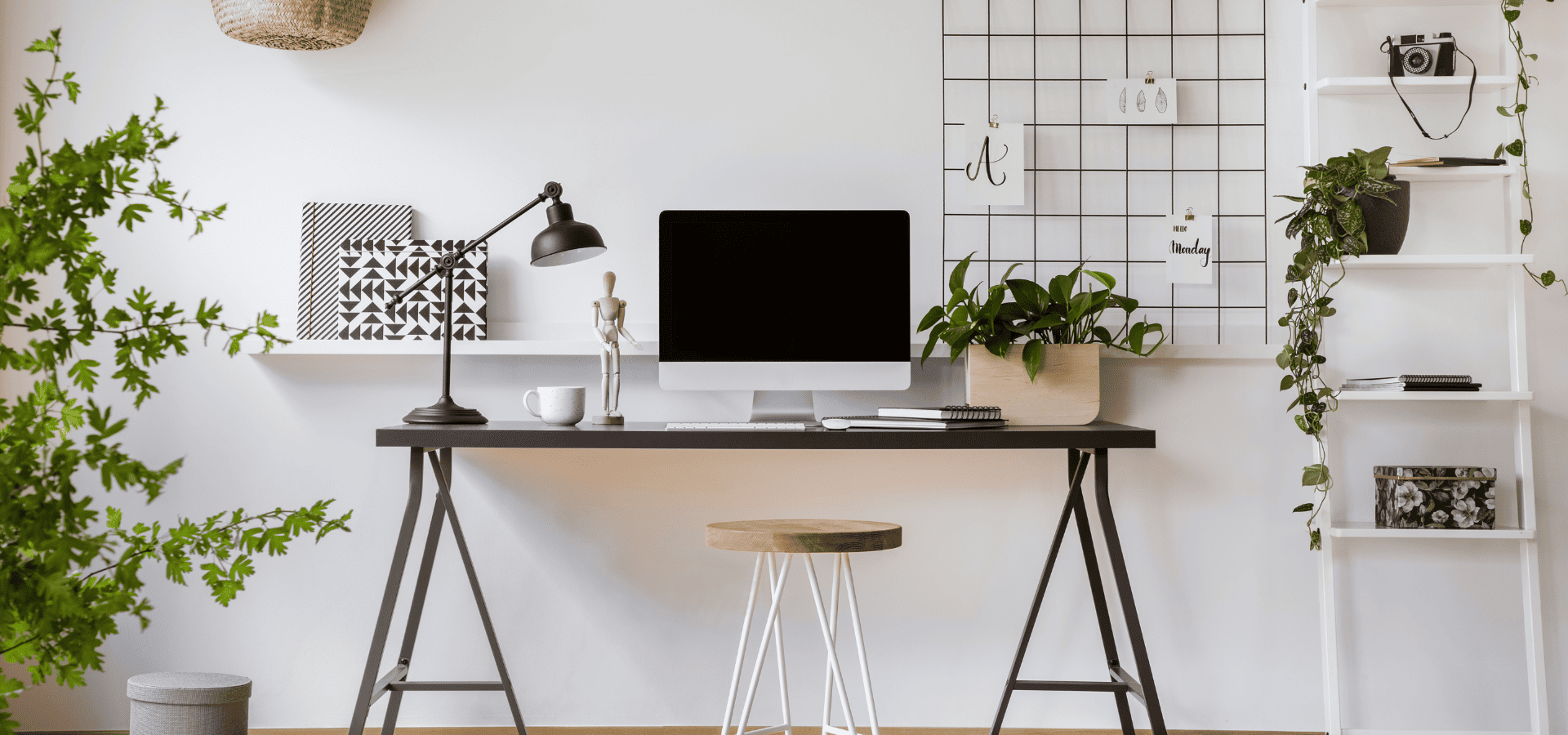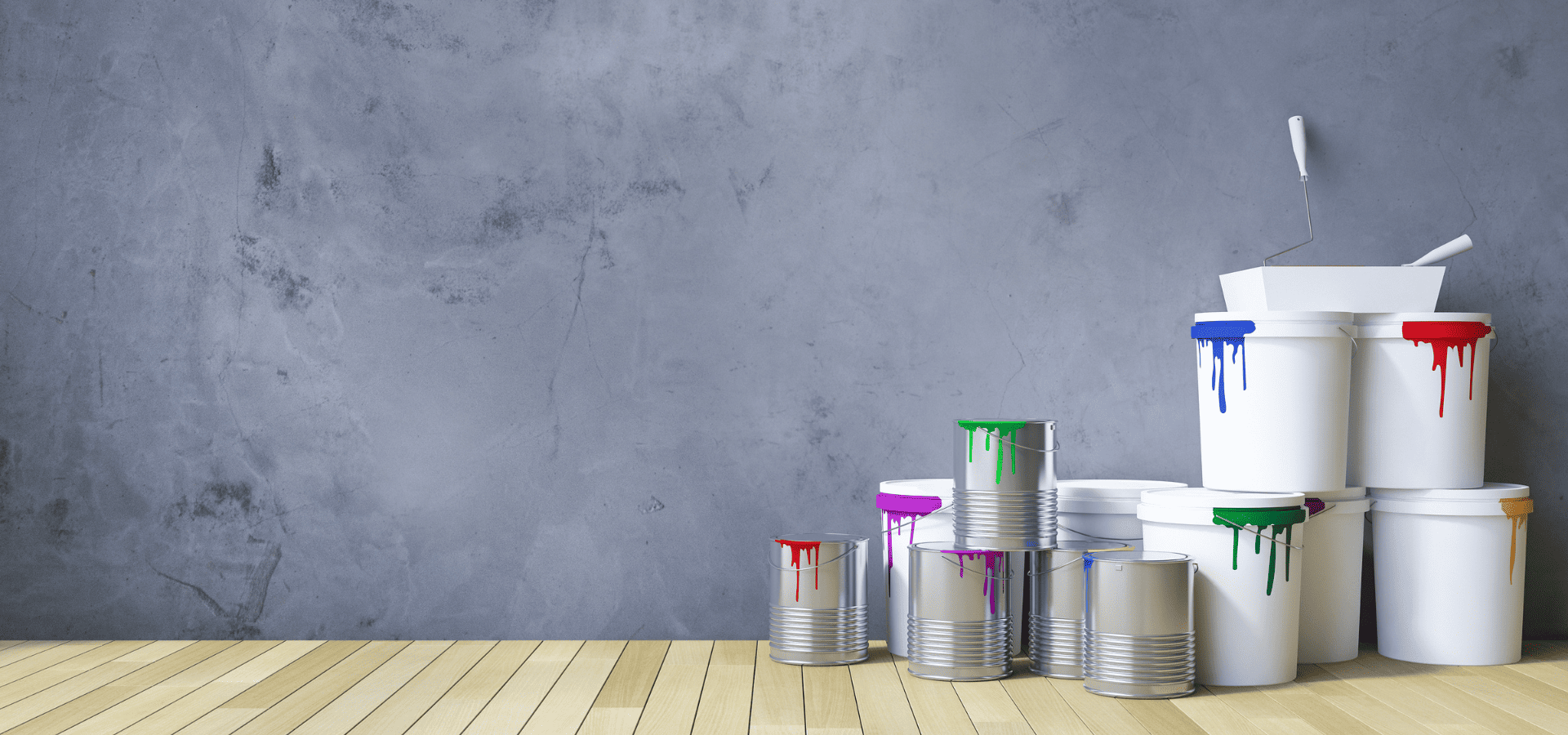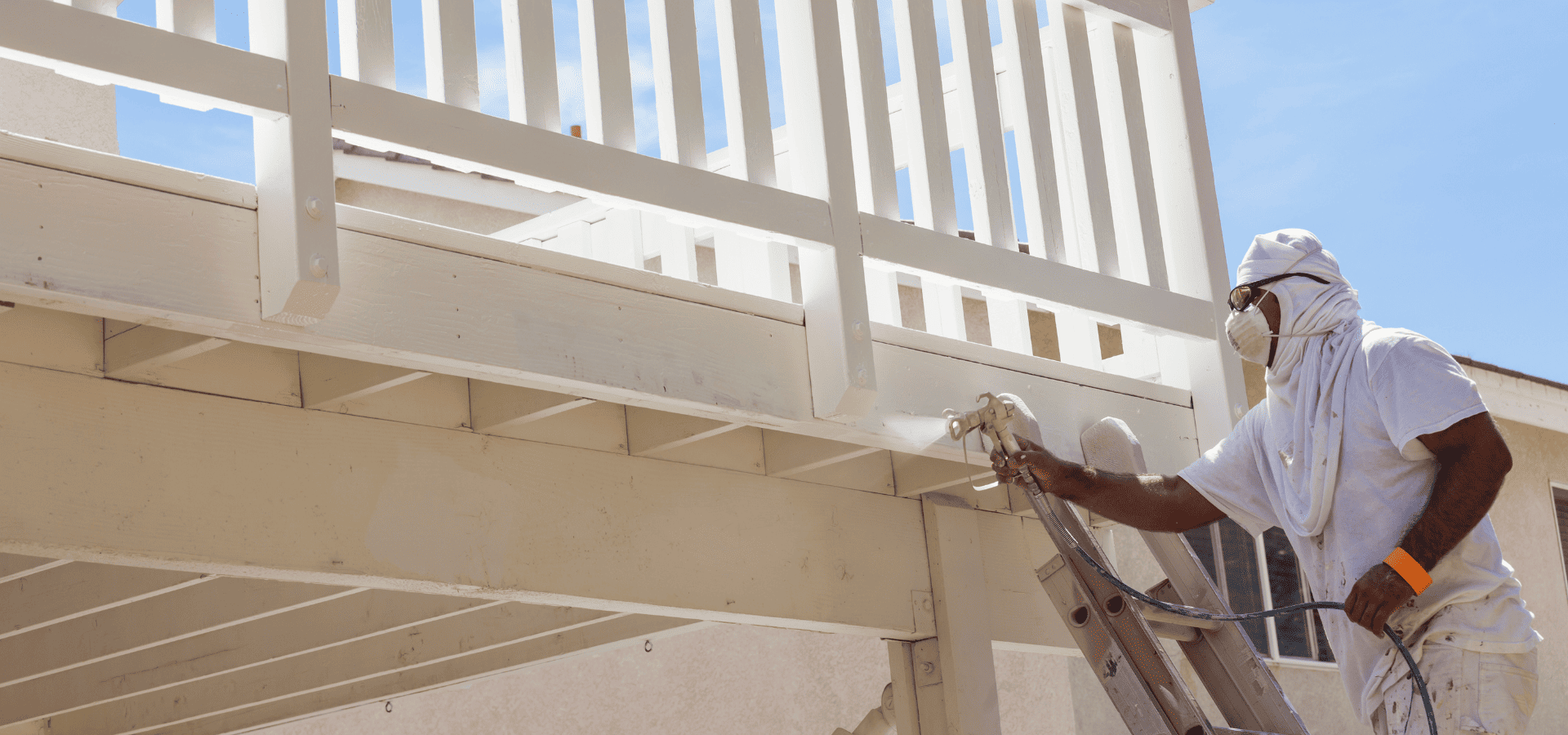Smart Paints And Coatings For Your Home

We live in an amazing time where new discoveries are being made every day, and technology can now do things we’d never have imagined possible a decade ago.
In today’s world, your paint can do way more than just make your home look pretty.
There are now paints and coatings that can clean themselves, heal their own scratches and scuffs, and even regulate temperature!
This means lower energy bills, cooler homes, less maintenance, and safer and healthier living spaces.
And that’s not all. There are even more amazing and advanced technologies in the works, and we’ll be covering them in this article too.
Ready to find out what these smart paint technologies are and what they can do for you? Let’s begin!
What Are Smart Paints And Coatings?
Before we get into the actual smart paints and coatings, let’s clear up a common area of confusion first — what actually are smart paints and coatings?
Well, there’s actually no strict definition or a single quality that makes a paint or coating smart, and the technologies behind each smart paint and coating can vary quite a bit.
In general though, paints and coatings need to be able to sense and react to the environment appropriately to be considered “smart”.
So when there’s a change in the environment, whether it’s temperature, light, moisture, or even bacteria, a smart coating would sense it and react in a useful way, whether it’s changing its color, releasing a chemical, or some other reaction.
However, a paint or coating can’t be considered “smart” just because it has a bit more added functionality.
For instance, there are paints and coatings that reflect more sunlight and keep your space cooler, but those wouldn’t be considered smart since they don’t actually sense the environment, and they don’t
react.
The definition of smart is still slightly vague, but you get the idea — it needs to sense and react to be “smart”.
Alright, now that we’ve cleared that up, let’s jump right into the smart paints and coatings.
1. Self-Cleaning Paints

Kicking things off are the paints that’ll significantly reduce the amount of cleaning and maintenance that you need to do — self-cleaning paints.
There are a few types of self-cleaning paints, but the only truly “smart” one is photocatalytic self-cleaning paint.
Photocatalytic coatings and paints use a chemical called titanium dioxide (TiO₂) that becomes chemically active in the presence of UV rays.
Once activated, it breaks down organic matter like mold, mildew, bird droppings, pollen, and so on. In other words, it literally uses the sun to clean itself.
As you can imagine, this is extremely helpful to ensure that organic matter like pollen and bird droppings don’t stain or degrade your paint.
This does come at a price though. Photocatalytic self-cleaning paints are about 3-5 times as expensive as normal ones.
Whether this is worth it is really up to you. For some, this additional cost is worth the peace of mind knowing that their paint is protected, as well as the reduction in maintenance effort. For others, these benefits might not be enough to warrant the price.
Either way, remember that they only work when they have access to sunlight, so don’t expect them to work in a shaded area.
Also, while they break down organic matter, they won’t do anything about non-organic matter like regular dirt, dust, debris, etc.
For that, you’ll need non-smart coatings. We won’t go too much into detail about them since this article is about smart paints and coatings, but here’s a quick look at the non-smart self-cleaning options on the market:
- Superhydrophobic Coatings: Hydrophobic means water-repellant. Superhydrophobic means super water-repellant. What these coatings do is they create a waterproof layer that repels water, so that when there’s rain or water, the rain or water rolls off easily. At the same time, superhydrophobic coatings also make it such that dirt, dust, and debris don’t adhere well, so when water rolls off, it takes these unwanted elements along with it. Essentially, each time it rains, it cleans your paint for you.
- Oleophobic Paints and Coatings: Oleophobic coatings repel oils and grease instead of water, making them perfect for kitchens or even other high-traffic and high-touch areas.
These technologies can be combined or layered, so if you want your paint to be able to clean both organic and non-organic matter, you can. You just have to combine or layer the smart photocatalytic coating with either the superhydrophobic or oleophobic coating, or you could even have all three.
2. Self-Healing Paints
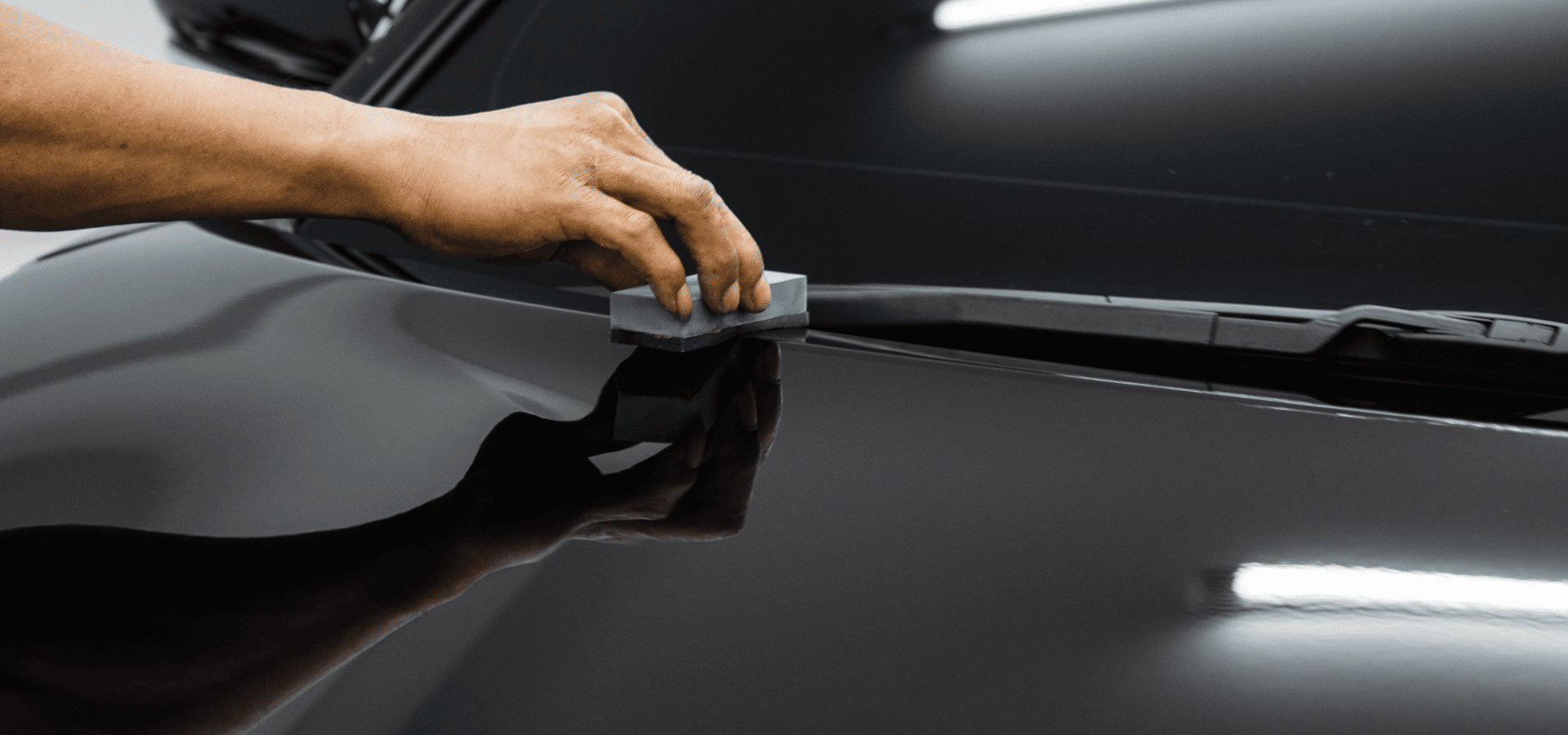
Next up, self-healing paints are, as the name suggests, quite literally paints that heal themselves.
This remarkable innovation works by incorporating tiny microcapsules filled with a repair agent into the coating. When the paint film is scratched or damaged, these microcapsules rupture and release the repair agent, and the repair agent flows into the damaged areas and hardens, closing up the scratches and scuffs.
Another version of this technology uses special polymers that, when heated by sunlight, warm water, or even a heat gun, soften and flow to close up damaged spots.
Just a disclaimer though. This technology isn’t available for house paints just yet. It’s already on the market for other industries like automotives (which is what it was originally designed for), aircraft, and ships, but it hasn’t reached the property painting scene yet.
The good news is, there is already ongoing research to adapt this technology for hardwood floor coatings, and in time to come, it’s not unreasonable to expect that we’ll see self-healing wall paints available for commercial purchase.
These paints would be able to fix their own scratches and scuffs, which means that you’d no longer have to worry about your kid bumping their backpack against the walls, your pet scratching the walls, chairs scraping against dining room walls, and the many other accidental scratches and bumps that are inevitable in everyday life.
This would come in very handy in high-traffic areas that get a lot of wear and tear, like your living room, kitchen, doors, and trim.
Self-healing coatings do have their limits — they can’t fix deep gouges or drywall dents — but for surface-level damage, they’ll heal just fine. Deeper damages are generally quite rare, so touch-ups and manual repairs would become infrequent occurrences with a self-healing coating.
3. Energy-Saving Paints
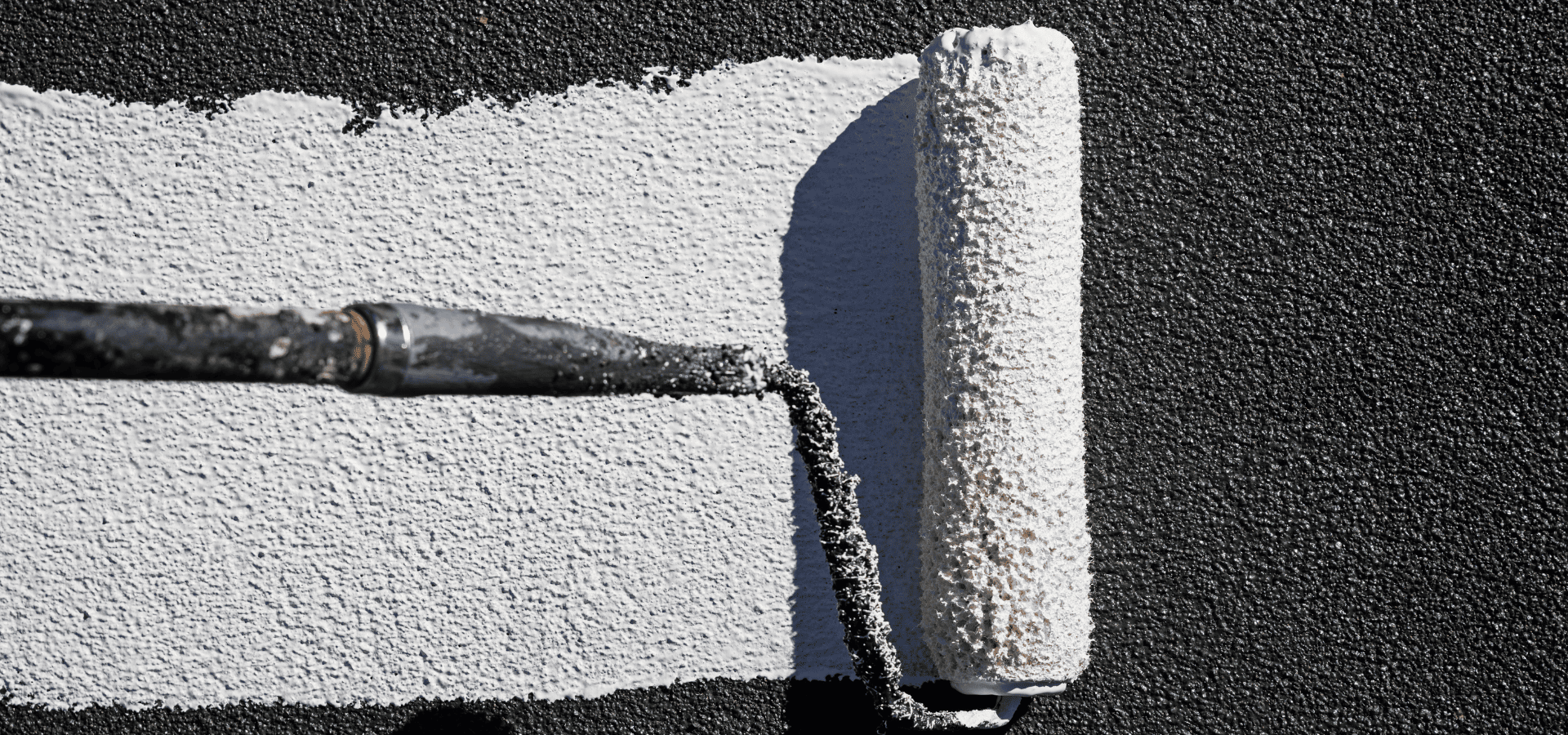
Now, let’s talk about the paints that'll save you the most money — energy-saving paints.
Current non-smart paints and coatings like “cool roof” and reflective paints can reduce energy use by up to 20%, which adds up to roughly $300+ per year.
That’s not too shabby, especially considering that they only cost $10-40 more per gallon.
But with upcoming smart paints and coatings, those savings could go up to
60%.
Pretty impressive, right?
Here are the energy-saving smart paints and coatings in the works that could potentially save you more than a thousand bucks per year in cooling costs.
Solar-Activated Cooling Coatings
This coating is going to blow your mind.
When the sun shines on this coating, instead of heating up, it
cools down.
What!
Yes, the more sunlight it gets, the cooler it becomes!
This may sound like magic or something that could only happen in a sci-fi movie, but advances in modern technology have made it a reality.
The science behind this innovation is called the anti-Stokes fluorescence phenomenon. We won't bore you with the details, but basically, the particles inside absorb photons from sun rays, absorb some heat energy from the surface, and then emit a higher-energy photon than the original photon.
This higher-energy photon then escapes into the atmosphere, taking not only the sun’s heat, but also some heat from the surface.
As a result, the more sunlight the coating gets, the more heat it can absorb and release from the surface, and the more it cools the surface down.
In tests, a metal roof coated in this paint stayed at least 50°F cooler than one with traditional white reflective paint. Not normal paint, mind you — reflective paint.
Incredible, isn't it?
Unfortunately, as of this moment, it's extremely expensive, about $200 per square meter.
It also comes in only pale blue.
With these drawbacks, trying to market it widely just doesn't make sense — for now.
These are common hurdles for advanced coatings, and the patent holder and researchers are actively working to bring down production costs and expand the color range.
Furthermore, it's worth noting that costs often drop once manufacturing scales up, so there's a good chance that this incredible coating will eventually reach retail stores.
Color-Changing Thermochromic Paints
Next on the list is another revolutionary innovation.
Color-changing thermochromic paints don't just keep your paint cool on hot days, but they also adapt to keep your space warm when it gets cold!
When the temperature is above 77°F, these paints turn a lighter color to reflect more light and heat and keep your home cooler.
When temperatures dip below 77°F and your home needs heating, these paints turn a darker color to absorb more light and heat to warm your space.
To better help you visualize it, just imagine a paint that turns white in the summer or on hotter days, and then turns black during winter or when it gets cold.
Tests showed that these paints keep surfaces
12°F cooler in summer as compared to a dark exterior, and
7°F warmer during winter as compared to a light exterior.
This innovation would cut energy use by about twice as much as current technologies because they don’t just help with cooling, but heating too.
Estimates place these paints at about 3-5 times the price of normal paints, and 1.5-3 times the price of reflective paints, at least for the first launch.
Afterwards, as we explained earlier, as manufacturing scales up, the price is likely to go down.
If all goes well, you can expect to see these paints at paint stores in the next 5-10 years.
Ultra-White Cooling Paints
Lastly, here's another impressive energy-saving paint in the works.
Researchers at Purdue University developed an ultra-white paint that reflects 98.1% of sunlight, and radiates heat away on top of that.
As a matter of fact, this ultra-white paint holds the Guinness World Record for whiteness.
In trial tests, this ultra-white paint kept surfaces
8°F cooler than the ambient temperature under direct sun, and
19°F cooler at night than regular paints.
When applied to a 1,000 sqft roof, it could provide a cooling power of 10 kilowatts — more powerful than even some air conditioners! And that’s without using a single watt of electricity.
The team behind this paint is actively collaborating with Purdue’s Office of Technology Commercialization and exploring partnerships to bring the paint to market, so it wouldn’t be surprising to see it in stores within the next few years if everything goes smoothly.
Ending Off
As technology continues to advance, there’s no doubt that we’re going to see more groundbreaking developments emerge.
These innovations aren’t always practical, and many don’t ever make it to production.
Nonetheless, those that do will no doubt change our lives for the better in a big way, so it’s worth keeping an eye on these advances and staying updated on any developments in smart paint technology.
And just one final word before we wrap up — historically, advanced paints and coatings like zero-VOC paints, cool roof coatings, and antimicrobial paints have seen significant price reductions once manufacturing scales and material sourcing stabilizes.
So while many of these smart paints and coatings may sound expensive, don’t give up on them just because of the price, because it’s highly probable that they’ll become much more affordable upon mass production.
Recent Posts
